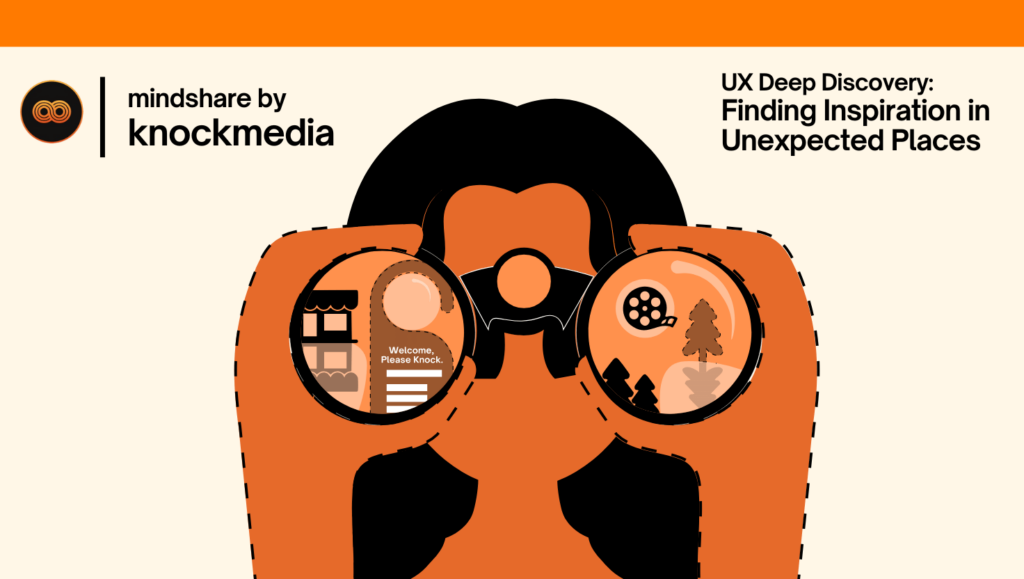
As UX designers, we’re always searching for fresh ideas, especially during the discovery phase, where we seek that spark to drive the next big project or breakthrough design.
Hi, I’m Carly, an Art Director at Knockmedia. Throughout my career, I’ve found that inspiration often comes from unexpected places. These moments shape the way I approach design during our discovery phases.
The Role of Discovery in UX Design
The discovery phase is the first and most important step in UX design. It helps us learn about users, understand their needs, and spot any challenges. By doing this, we make sure every design choice is thoughtful, useful, and works well for both the users and the project.
Now, let’s dive into some of my go-to sources for inspiration, websites, platforms, and real-world experiences that have helped me uncover those eye-widening, “aha!” moments:
1. Movies & TV
Not talking about a typical streaming binge (no judgment, I’ve been there). I’m talking about studying films like a designer studies typography.
Pay attention to:
- Color Grading: How do colors shift between scenes? How can you apply this to design cohesive color schemes?
- Lighting & Texture: How shadows and highlights can set the mood, translating this into light, contrast, and texture in interface design can elevate the user experience.
- Transitions & Editing: Watch how pacing affects engagement. Smooth transitions in UX (like loading screens or animations) can keep users from feeling rushed or delayed.
- Sound Design: Notice how audio shapes the mood and rhythm of a scene? The same principles apply to UX.
If you’re looking for classic or vintage inspiration, the Criterion Channel has a great collection that might be a perfect fit for your mood board.
Next time you watch a film, focus on the details. Interestingly enough, they’re relevant to UX design.
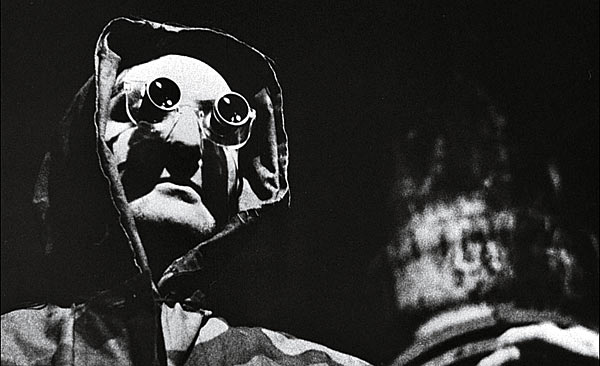
Criterion Channel, has a very contrasted black and white effect to highlight it’s themes of memory, loss, and the past.
2. Take a Stroll
If I hit a creative block, I go outside.
Whether in nature or the city, there’s inspiration everywhere.
- In Nature: Try to frame the sky with the trees’ leaves to create new shapes. Notice how light shifts, how textures change, and how the sun transforms gradients during its setting and rising.
- In Cities: Look at the flow of pedestrians, the signage, the materials, and fonts used. Urban environments have an organic way of influencing design.
- In Neighborhoods: When exploring neighborhoods, pay attention to the architecture. Do the homes follow a common theme? Are there repeating patterns? How are the layouts structured?
Thoughtful design shapes the experience of a physical space, these elements can inspire UX design, guiding how users navigate, interact, and feel within a digital environment.
3. Luxury Websites & Malls: The Science of Catching Attention
Ever wonder why luxury stores and websites feel so… luxurious? It’s all in the design.
- Minimalism with Intent: The white space feels intentional. The aisles feel spacious, guiding foot traffic in a calming, controlled way.
- Typography Hierarchy: Bold headers, sleek descriptions, and color psychology can work together to drive attention.
- Omnichannel Experience: Seamless digital and physical touch-points make shopping feel intuitive and luxurious.
Next time you visit a luxury website or store, pay attention to how they try and create a high-end experience for customers.

example of brand language in action.
4. Coffee Shops: UX in the Wild
Coffee shops are like aromatic real-world UX labs.
Everything from the menu to the space is designed to guide user experience.
- Menu Design: How easy is it to read? Does the design help guide decisions?
- Customer Flow: Watch how people move through the space. Is it intuitive or do they hesitate?
- Brand Voice: Does the cashier speak in the same tone as the brand’s message?
Coffee shops are full of UX lessons that apply to digital spaces.
5. Sneaker Stores: Texture & Design Thinking
Sneaker brands aren’t just selling shoes—they’re selling culture, engineering, and stories.
- Material Combinations: Leather, mesh, foam, how do these elements create tactile experiences?
- Color Blocking: Strategic contrast and gradients.
- Packaging: The box design is also part of the customer’s experience.
By studying how sneaker brands combine culture, materials, color, and packaging, you can gain insight into how to build cohesive, memorable, and engaging digital experiences that go beyond functionality and engage users emotionally. It’s about creating a design that resonates, feels tactile, and leaves a lasting impact, whether it’s on the screen or in the user’s hands.
6. IKEA: Masterclass in Flow, Branding & Shortcuts
IKEA is an absolute goldmine for UX lessons. The showroom walk-through is designed to guide behavior while allowing shortcuts options for customers.
- Quick Exits: If you want to skip the full showroom experience, IKEA makes sure it’s easy to check out fast.
- Color Trends & Textile Patterns: Each collection has new visual elements that influence how people perceive their products.
- Brand Consistency: IKEA nails it across both physical and digital spaces.
If you’re working on user flow or e-commerce, IKEA is worth studying.
7. Museums: The Ultimate Inspiration Playground
Museums are more than art galleries, they’re immersive lessons in the art of design.
- Typography & Signage: How do they guide visitors through the space?
- Storytelling Through Curation: Why do some exhibits captivate while others fade into the background?
- Print Materials: Museum posters, books, and flyers are often designed by the best in the business. Purchase a coffee table book or grab a complimentary printout to study at your convenience.
If there’s no museums nearby, Google Arts & Culture offers virtual explorations of museums around the world.
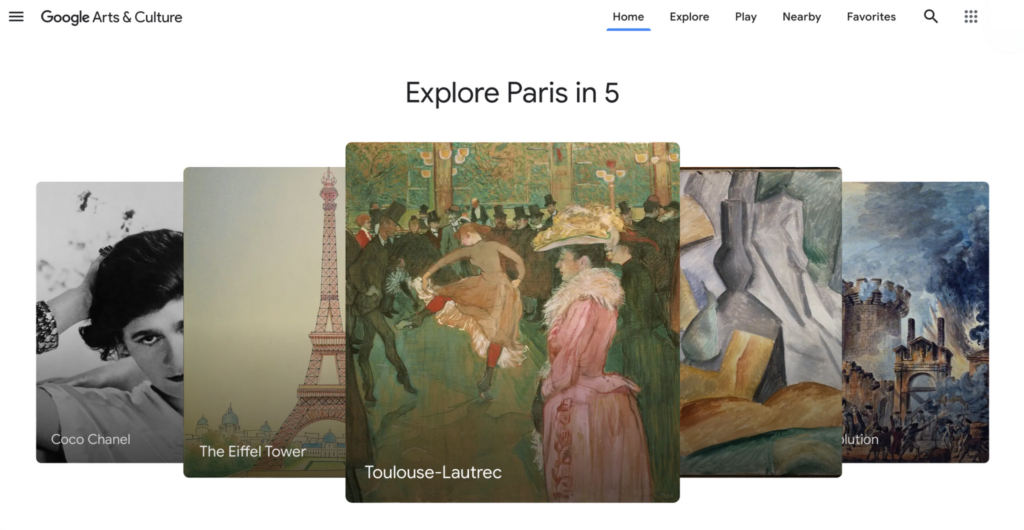
8. Phone Carrier Stores: The Power of Minimalism
Ever walked into an Apple or Verizon store and felt like you were in a showroom rather than a store? That’s minimalist UX design at work.
- Product-First Design: Phone stores are designed with minimal distractions, where whitespace is intentionally used to create a clean and focused shopping experience.
- Sales-Driven UX: Layouts subtly guide conversation, helping you make decisions without realizing it.
For clean, focused design, these stores are a treasure trove.
9. Reddit: The Internet’s Best-Kept Secret for UX Research
Reddit is my favorite place for unfiltered user feedback and insight.
- Comments: Real users discussing products, brands, and designs in an open, honest way.
- Communities: Subreddits like r/UXDesign, r/web_design, and r/graphic_design are ideal. Or if you are taking on a project involving an unfamiliar industry or sector, try following a high-following r/ community for a month.
- Ads: No one likes interruptions, but taking time to study great design, from both big and small agencies—can be invaluable. Reddit’s unfiltered feedback keeps brands sharp, leading to some of the most effective still, GIF, and video ads out there. If you need inspiration for attention-grabbing headers or hero sections, this is a great place to start.
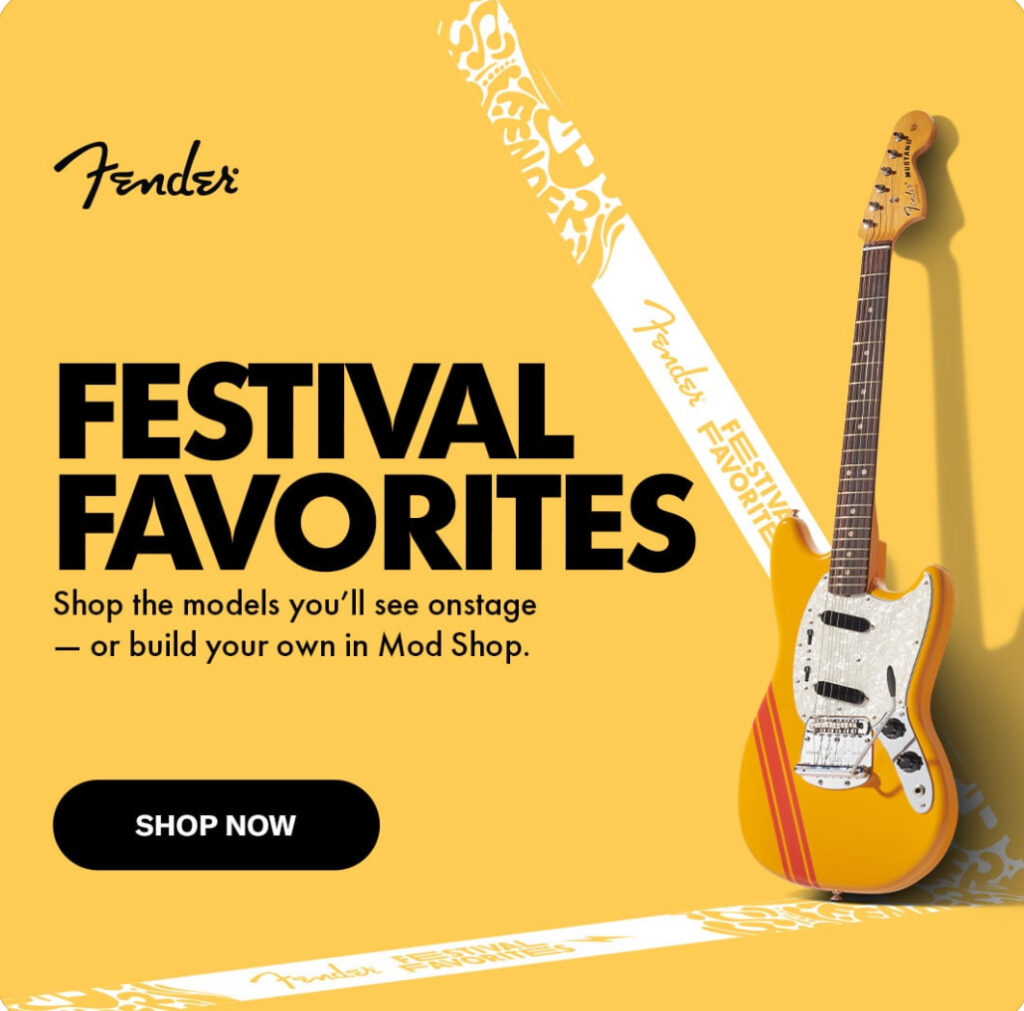
10. Bookstores & Libraries: The Original Information Architecture
Bookstores and libraries are like real-world UX systems. They organize vast amounts of info in a way that’s intuitive.
- Categorization & Wayfinding: How do they make it easy to find what you’re looking for?
- Cover Design & Typography: Why do certain covers grab your attention? It’s all about balance and design.
Next time you browse, pay attention to how everything is structured, it’s more than just books.
11. Hotels: The Ultimate UX in Hospitality
Hotels aren’t just for resting, they’re designed experiences that balance comfort, function, and aesthetics.
- Check-In Flow: Is it seamless or frustrating? How could this apply to digital onboarding? What would enhance it?
- Room Layout & Usability: Good hotels anticipate your needs, much like great UX design.
- Branding Through Design: Unique furniture, art, and color palettes create an immersive experience.
Good hotels feel effortless. With the right inspiration and understanding, your designs can too.
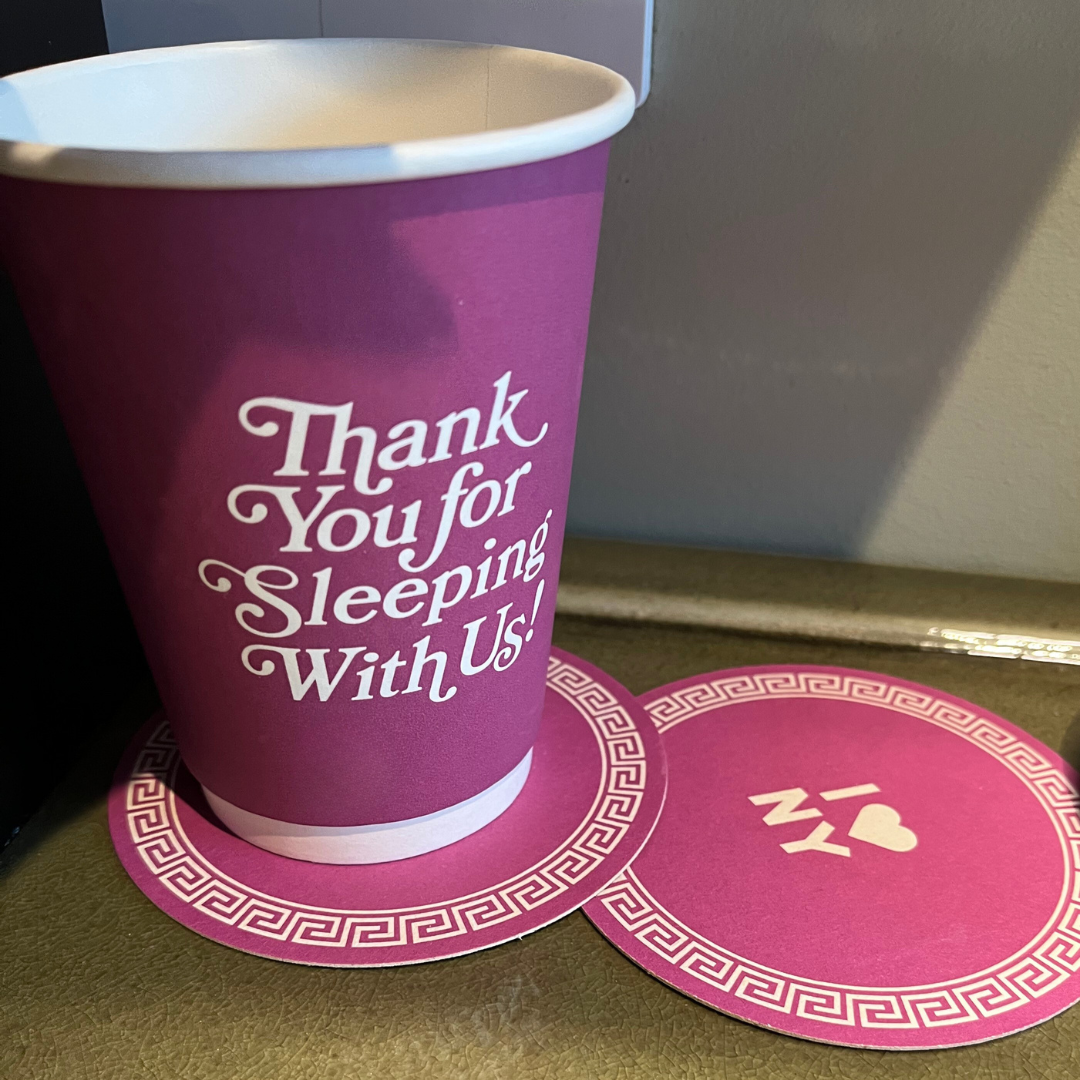
The design team combined 3 inspired and well-known design references.
Here, designers used a stacked retro trending display font on the cup with a Greek-inspired frame in the coaster circle, reminiscent of New York’s iconic coffee cup design and Versace’s pattern. This creates a frame surrounding Milton Glaser’s, “I (heart) New York” logo created in 1976.
12. Grocery Stores: UX in Everyday Shopping
Grocery stores optimize user behavior, just like digital products.
- Store Layout: Essentials at the back? What products are displayed on the end caps? It’s a strategy to guide behavior.
- Flow & Bottlenecks: Where do customers hesitate? This applies to digital friction points.
- Packaging & Branding: Typography, color, and design all influence decisions.
If you want to understand how to guide user decisions, grocery stores are worth studying.

This approach allows for flexibility based on individual needs, whether for a large family, a gathering of ten, or a single-person household. It’s Designed with the customer in mind, this serves as a valuable example of discovery theory in developing user personas.
13. Thrift Stores: Where Unlikely UX Inspiration Lives
Thrift stores are where chaos meets creativity. They spark unexpected ideas.
- Unexpected Color Palettes: Find unusual color combinations that work.
- Vintage Textures & Patterns: Retro designs can inform modern digital elements.
- Nostalgia & Storytelling: Vintage items trigger emotions. Use that to build connections in your designs.
Thrift stores are like design treasure hunts. You never know what inspiration lies in wait.

Inspiration is a Never-Ending Journey
As we dive deeper into 2025, the UX landscape continues to grow and evolve. The resources shared here are just a snapshot of the places that fuel my creativity. But they reflect a core belief: great design begins with staying curious and constantly exploring new perspectives.
Looking for fresh ideas to elevate your next project? Let Knockmedia inspire your vision, reach out today! Contact us